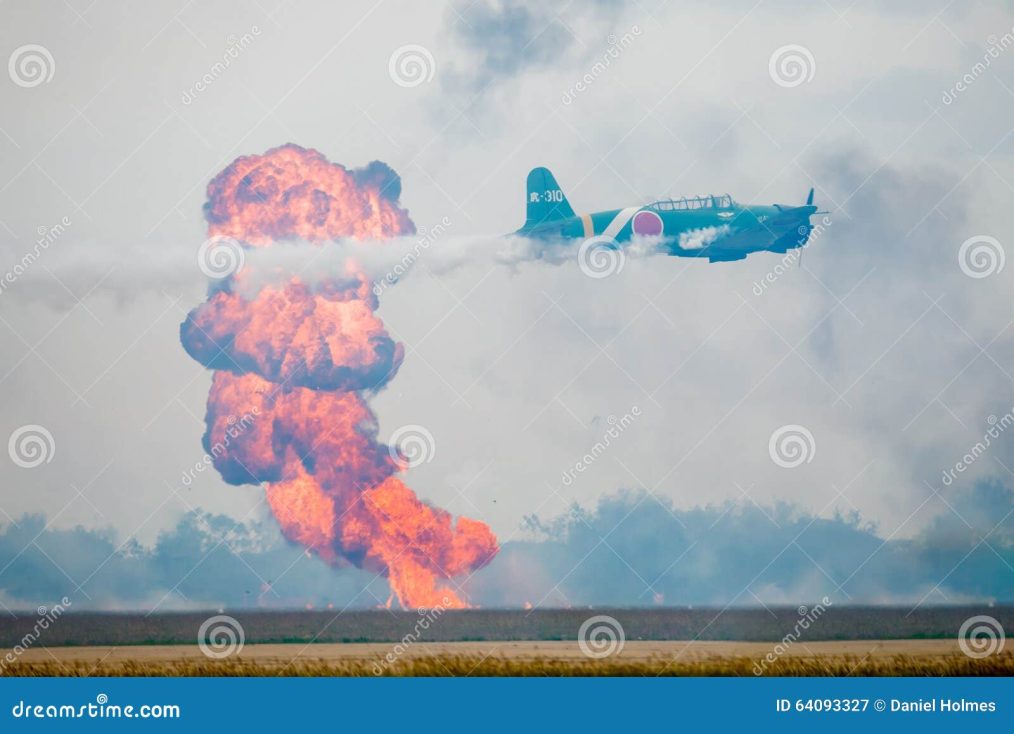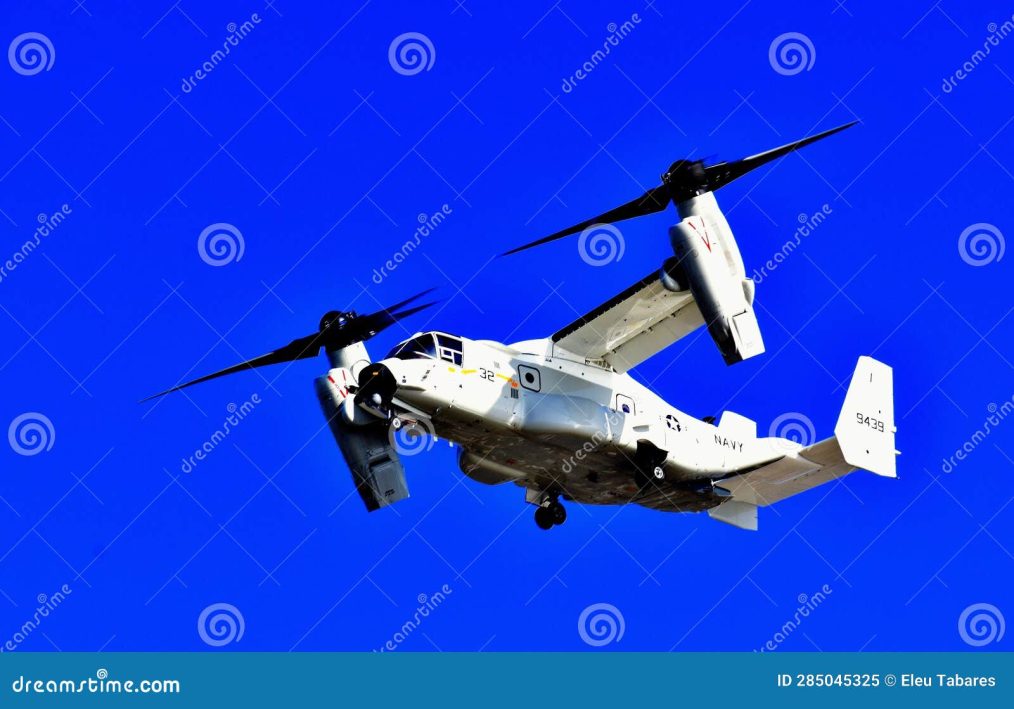Australia has released its National Defence Strategy & Integrated Investment Plan 2024. What does this mean for the future of the ADF in terms of new & enhanced capabilities, & when they will be delivered?
The term “Battle for Australia” encompasses the period during World War II when Japan directly threatened the Australian mainland, leading to significant military and civilian efforts to defend the country. This period included several key events and battles from 1942 to 1943.
History
Direct Attacks on Mainland Australia:
After the fall of Singapore on 15 February 1942, Japanese forces launched two significant air raids on Darwin, Northern Territory, on 19 February 1942. These attacks marked the first and largest direct assaults on Australian soil, causing extensive loss of life and damage. Over 230 people were killed, numerous ships were sunk, and infrastructure was heavily damaged.
Battle of the Coral Sea:
In May 1942, the Battle of the Coral Sea took place in the waters northeast of Australia. This was a crucial naval engagement between the Imperial Japanese Navy and Allied forces, primarily the United States and Australia. It was significant for being the first aircraft carrier battle in history and for halting the Japanese advance toward Port Moresby, which was critical in maintaining supply lines between the United States and Australia.
Papua New Guinea Campaign:
From July to September 1942, the Japanese advanced along the Kokoda Track in Papua New Guinea, aiming to capture Port Moresby. Australian forces, comprised largely of militia units and supported by American air power, successfully halted the Japanese advance in harsh jungle terrain. Key battles at Kokoda and Milne Bay marked the first land defeats of Japanese forces during the war.
Japanese Submarine Attacks:
Japanese submarines patrolled Australia’s eastern coast, culminating in the attack on Sydney Harbour on 31 May 1942. Three midget submarines infiltrated the harbor, with one successfully torpedoing the depot ship HMAS Kuttabul, resulting in the deaths of 19 Australian and two British sailors. The submarines continued to menace shipping along the coast until June 1943.
Ongoing Air Raids:
Darwin and other northern Australian towns, such as Broome, Port Hedland, Derby, Katherine, and Townsville, faced repeated air raids. Darwin alone endured more than 60 bombing raids until November 1943, causing additional casualties and destruction.
Military and Civilian Efforts:
Australia mobilized over half a million personnel across the Navy, Army, Air Force, and women’s services to defend the nation. Civilians played a critical role by working in industries supporting the war effort and adhering to wartime regulations, including rationing and movement restrictions.
Sydney Under Attack
On the night of 31 May 1942, Sydney Harbour came under attack from three Japanese midget submarines. The assault resulted in the sinking of HMAS Kuttabul, killing 19 Australians and two British sailors. One torpedo failed to explode, grounding on rocks near Garden Island. Another torpedo was recovered from a sunken submarine and is now displayed at the Australian War Memorial. This attack underscored the immediate threat to Australia’s major cities and coastal areas.
Darwin Air Raids
Darwin’s first air raid on 19 February 1942 was the most severe, intended to cripple the town’s infrastructure and military capabilities. This raid, along with subsequent attacks, resulted in over 250 deaths and widespread damage. Other northern towns such as Broome, where around 70 people, including Dutch civilians and American military personnel, died, also faced aerial bombardments. The persistent air raids extended until November 1943, marking a prolonged period of threat from Japanese forces.
Fast Facts
Important Dates:
- Battle for Australia Day: First Wednesday in September, commemorating all battles for Australia’s defence during 1942–1943.
- Key Battles:
-
- Midget submarine attack on Sydney: 31 May/1 June 1942
- Air raids on Darwin: Starting 19 February 1942
- Battle of the Coral Sea: 4–8 May 1942
- New Guinea Campaign: January 1942 to August 1945, including significant battles at Kokoda, Milne Bay, Wau, Huon Peninsula, Wewak, and Bougainville.
Casualties:
- Sydney Harbour Attack: 19 Australian and two British sailors killed on HMAS Kuttabul.
- Darwin Air Raids: Over 250 casualties from various nationalities.
- Papua New Guinea Campaign:
-
- Kokoda: More than 600 Australians died, over 1,000 wounded.
- Milne Bay: Over 160 Australians killed or missing, more than 200 wounded.
The Battle for Australia represents a critical chapter in the nation’s history, highlighting the resilience and determination of its military and civilian populations during World War II.
The Australian government’s plan to allocate $84.5 million over the next five years to establish a regulator for vehicle emissions monitoring is a prime example of bureaucratic overreach and inefficient use of taxpayer money. Announced in the federal budget on May 15, this initiative will see $12.6 million annually funnelled into a new entity, the Cleaner Car Regulator, which is set to manage the New Vehicle Efficiency Standard (NVES).
Labor’s new efficiency standard, effective January 2025, mandates annual tightening of emissions caps for automakers. This approach is touted to reduce passenger vehicle pollution by 60 percent and commercial vehicles and some large SUVs by 50 percent by 2030. While the goal is laudable, the means are deeply flawed.
The establishment of the Cleaner Car Regulator, endowed with sweeping powers to monitor, investigate, and penalize automakers, exemplifies the government’s preference for heavy-handed regulation over more collaborative and market-driven solutions. According to the Department of Climate Change, this new body can apply for court orders to levy fines and injunctions, further increasing the regulatory burden on the automotive industry.
Moreover, the regulator will also be responsible for checking green vehicle standards from 2025 and setting up a credit-trading platform. This platform ostensibly allows automakers to buy their way out of compliance through credits, raising questions about the actual environmental impact of such a system.
To ensure compliance, the regulator will calculate automakers’ sales-weighted average mass and CO2 emissions, comparing these against established limits. Falling short of these targets would trigger notifications of credits and debits to the relevant suppliers. This convoluted system adds layers of complexity and bureaucracy without guaranteeing significant emissions reductions.
Initially operating within the Climate Change Department, the regulator’s structure and efficacy will be up for review in 2026, suggesting even the government is unsure of its long-term viability.
Adding to this questionable policy is the allocation of $10 million for a national awareness campaign and $60 million over four years to install charging stations at car dealerships. While these measures aim to support the transition to electric and plug-in hybrid vehicles, they seem more like token gestures rather than substantial investments in sustainable infrastructure.
Overall, this policy represents a costly and cumbersome approach to addressing vehicle emissions, prioritizing regulatory control over innovation and collaboration with the automotive industry. Instead of fostering an environment where automakers can develop and implement greener technologies organically, the government is imposing an intricate web of mandates and penalties that may do little more than inflate the budget and stifle industry growth.
Renowned Australian geophysicist Peter Ridd claims that the Great Barrier Reef has experienced “record amounts” of coral growth from 2022-23, contradicting government assertions that the reef remains in dire need of protection.
Ridd criticizes the recent allocation of an additional $5 million to the Great Barrier Reef in the latest federal budget, arguing that these funds would be more effectively used on addressing “genuine environmental problems.” This funding, announced as part of Labor’s 2024 federal budget on May 14, aims to support the Great Barrier Reef Marine Park Authority’s efforts in reef monitoring, protection, and stewardship.
In stark contrast, the Great Barrier Reef Foundation reported that the reef had endured its “worst summer” on record, citing cyclones, severe flooding, starfish outbreaks, and mass bleaching as major threats. The Foundation highlighted that aerial surveys over 1,000 reefs revealed a 73 percent bleaching rate, with an additional 6 percent affected in the Torres Strait.
According to the Foundation, “The Reef Summer Snapshot shows the highest levels of coral bleaching were found across the southern region, where temperatures are typically cooler, and parts of the central and northern regions, where in some areas corals were exposed to record levels of heat stress.”
Reef Subject to Constant ‘Doom-News’
Peter Ridd, a long-time researcher of the Great Barrier Reef, contends that the severity of the reef’s condition has been significantly overstated. “It is telling that in the latest doom-news about the Great Barrier Reef bleaching, they failed to mention that the Great Barrier Reef had record amounts of coral in 2022/23 despite having suffered four ‘catastrophic’ bleaching events in 2016, 2017, 2020, and 2022,” he explained.
“We ended up with twice as much coral than in 2012 when a couple of cyclones genuinely destroyed a lot of coral. How did we end up with so much coral if those last four bleaching events were so catastrophic—even the fast-growing coral takes five to 10 years to regrow.”
Ridd also pointed out that the coral which rebounded is the type most vulnerable to water bleaching. “That proves the last four bleaching events were exaggerated in terms of coral death, and there is no reason to expect this latest event to be much different,” he asserted.
In summary, Peter Ridd urges a reassessment of the Great Barrier Reef’s health and suggests reallocating resources to tackle more pressing environmental issues. His perspective challenges the prevalent narrative of reef degradation, advocating for a balanced view based on recent coral recovery data.
Australia’s House of Representatives has passed the Digital ID Bill 2024, embedding a new online identification program into law with a vote of 87 in favor and 56 against. This legislation aims to replace the need for physical IDs by linking digital identification with government services such as MyGov, Centrelink, Medicare, and the Australian Tax Office (ATO).
The government has allocated $288.1 million from the federal budget for the rollout of this program. The bill, supported by the Labor government, the left-wing Greens, and “Teals,” but opposed by the Liberal-National Opposition, had already passed the Senate in March.
Debate on the bill took place in the Federation Chamber before returning to the House for the final vote on May 16. Nationals MP Pat Conaghan expressed concerns from his constituents regarding privacy, government intervention, and freedom. He emphasized that these worries came from ordinary citizens, not just fringe groups.
Labor MP Graham Perrett countered by highlighting the benefits of the legislation, describing it as secure, overdue, and voluntary. He explained that a digital ID offers a secure and convenient way to verify identity for online services, eliminating the need to repeatedly share sensitive documents like birth certificates, passports, or driver’s licenses.
The Labor government asserts that the digital ID will simplify identity verification online and ensure security and convenience. Additionally, private businesses will be allowed to join Australia’s digital ID system within two years of the law’s enactment.
 FORMER Army legal officer David McBride was jailed this week for the unlawful removal of highly classified documents and for releasing information contained therein.
FORMER Army legal officer David McBride was jailed this week for the unlawful removal of highly classified documents and for releasing information contained therein.
McBride’s supporters have compared him with the arch-narcissist Julian Assange, describing both as “whistleblowers”.
A whistleblower might be loosely described as someone with inside knowledge of an organisation who reports misconduct or dishonest or illegal activity that may have occurred within that organisation.
CLICK LINK to continue reading
DCD Comment
The newly enacted Vehicle Efficiency Standards (NVES) will significantly increase the cost of SUVs, utes, and four-wheel drives, imposing an undue financial burden on Australian families. This legislation, which aims to reduce carbon dioxide (CO2) emissions from new vehicles, is effectively a punitive tax on popular family cars.
Despite claims that the NVES will promote low and zero-emissions vehicles, the law will penalize automotive dealers selling higher-emission vehicles while rewarding those who sell cleaner alternatives. The Federal government has allocated $85.5 million (US$56.4 million) to establish a regulatory body to monitor vehicle emissions data as part of the 2024-2025 budget.
Nationals Senator for Victoria, Bridget McKenzie, criticized the legislation, highlighting that it passed the Senate without any meaningful debate. According to Senator McKenzie, the refusal of the Labor party to allow second reading speeches and their blocking of attempts to refer the legislation to a Senate inquiry reflects a lack of transparency and democratic process.
Senator McKenzie voiced concerns that the NVES would add thousands of dollars to the cost of many popular SUVs, utes, and four-wheel drives. At a time when families are already grappling with a cost-of-living crisis, this legislation will exacerbate their financial strain. She argued that this policy would also discourage families from upgrading to newer, more fuel-efficient vehicles, thereby hindering efforts to reduce transport emissions.
Furthermore, the Coalition cannot support a policy that unfairly targets the vehicles Australians prefer to drive. A more effective approach would be a technology-neutral strategy that promotes innovation and flexibility in achieving net zero emissions, rather than imposing restrictive and costly measures on consumers.
After a tragic crash in Japan last year that killed eight airmen, the Air Force, Marine Corps, and Navy V-22 Ospreys resumed flights in early March. Despite the green light, significant restrictions remain in place, limiting the aircraft to flying within 30 minutes of a suitable airfield. This restriction, mandated by the V-22 Joint Program Office, has forced services like the Navy to rely on older aircraft for some missions.
Naval Air Forces spokesperson Cmdr. Beth Teach confirmed the restriction, which has led the Navy to continue using the aging C-2A Greyhound fleet. The Marine Corps is working to return its 17 MV-22 squadrons to full capability through a phased approach focused on regaining basic flight proficiency and training.
The Joint Program Office is investigating the mechanical failure that caused the deadly crash and is working on long-term solutions, including addressing a recurring clutch issue known as “hard clutch engagement.” This problem has contributed to several incidents over the years. The office is testing a new prototype component to fix this issue.
Meanwhile, V-22 Ospreys continue to operate globally, albeit with restrictions, as efforts are made to extend the aircraft’s operational lifespan until at least 2055.
When it comes to the next generation of military vehicles, the Armoured Multi-Purpose Vehicle (AMPV) stands out as the epitome of versatility, mobility, and resilience. This cutting-edge development is designed to replace the venerable M113, a longstanding workhorse on the battlefield, and to serve in combat for decades to come. The AMPV has been meticulously engineered to meet the demands of modern warfare, offering unparalleled strength and survivability. Let’s delve into the key features and innovations that make the AMPV a cornerstone of future military operations.
First and foremost, the AMPV is built with a modular design that allows it to be configured for a variety of roles on the battlefield. This includes versions equipped for mission command, medical evacuation, general purpose, mortar carrier, and combat engineer missions. This flexibility ensures that the AMPV can support a wide range of operational needs, making it an invaluable asset in diverse combat scenarios.
The vehicle’s mobility is another standout feature. Equipped with advanced suspension systems and powerful engines, the AMPV is capable of navigating challenging terrains with ease. This mobility ensures that troops can be transported quickly and efficiently, whether they are moving through urban environments, rugged landscapes, or over long distances.
Strength and survivability are at the core of the AMPV’s design. The vehicle is constructed with state-of-the-art armour materials that provide superior protection against a variety of threats, including improvised explosive devices (IEDs), small arms fire, and artillery shrapnel. Additionally, the AMPV incorporates advanced defensive systems and technologies designed to detect and neutralize threats before they can impact the vehicle.
In terms of operational readiness, the AMPV is equipped with the latest communication and situational awareness systems. These systems enable seamless coordination with other units and enhance the decision-making capabilities of commanders in the field. The integration of modern electronics and networked systems ensures that the AMPV remains at the forefront of technological advancements, capable of adapting to new threats and challenges as they emerge.
Moreover, the AMPV is designed with sustainability in mind. Its components are built to be easily maintainable and replaceable, ensuring that the vehicle remains operational with minimal downtime. This focus on maintenance efficiency is critical for ensuring the long-term durability and effectiveness of the AMPV in prolonged combat situations.
In conclusion, the Armoured Multi-Purpose Vehicle represents a significant leap forward in military vehicle technology. Its blend of versatility, mobility, and strength ensures that it will be a reliable and indispensable asset on the battlefield for years to come. As the dynamics of warfare continue to evolve, the AMPV is well-positioned to meet the challenges of the future, providing unmatched support and protection to the troops it serves.










